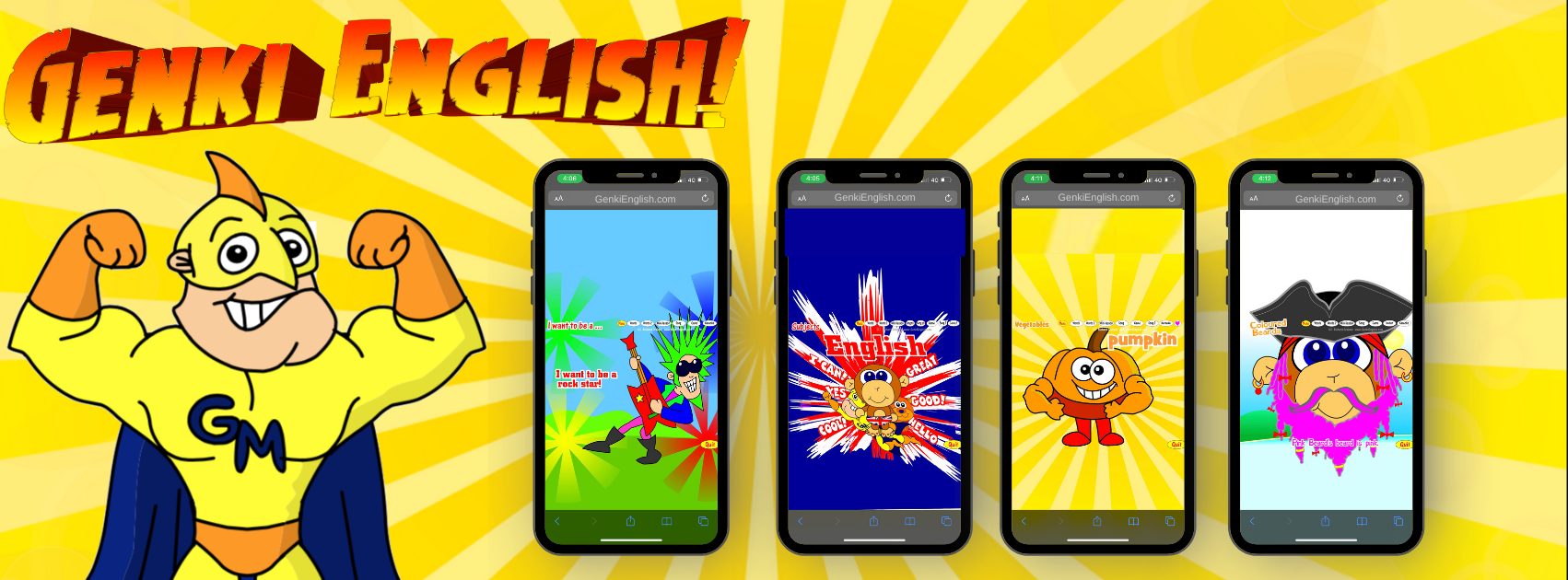I think I should have published this last week, but anyway, better late than never!
I mentioned this briefly in the How much English? post, but I’ve been asked a lot about it.
Mishu wrote in to ask:
How can I teach English without using of translation into Spanish to my students? When I see that my students don’t understand, specially in a new topic, I try to make corporal movements in order to get understanding but, sometimes they can’t understand me so, I have to translate. Is it right?
And the answer is, no! 🙂 Translation is not a good tool to use. It basically trains the kids into ignoring your English and waiting for the translation.
But, as you say, doing everything in English doesn’t work either as it leads to all sorts of misunderstandings. (And they just get worse as you go on.)
It’s like you’re Indiana Jones trapped between the Translation of Terror and the Misunderstanding of Doom!

Luckily, as always, there is a solution.
That is to simply ASK, not tell, the kids.
Just ask them
“What do you think this means in Spanish?”*
This way they’ll not only be listening to the English, but they’ll be actively thinking about it too, which is a hugely beneficial skill.
Ninja Tip: And in 70% of cases they’ll get the meaning right, in 20% they’ll have thought it means something totally different, and in 10% of cases you’ll finally have to give in and tell them what it means. But don’t give in without a fight! 🙂
Of course you say the phrase “What do you think this means in Spanish?” actually in Spanish at first. But it’s also a great phrase to add to your curriculum. Or there is the even easier one “How do you say …. in ….?” which luckily enough we have a Genki English lesson for!
So there you go, don’t translate, just ask. Always a good option!
Hope it helps.
And do check out the previous post on how much and when to use English vs. the native language in class.
P.S. *of course if your kids aren’t Spanish speakers do this for the language they do speak! 🙂




I agree with this. Also to take it a step further, when one kid offers a translation you can check if they all agree with the given translation or if they have a different answer. It just keeps them all thinking and makes none of them are just sitting back waiting for others to figure things out for them.
We use the ‘sandwich’ technique a lot; first we say somerhing in English, then repeat it in Dutch ( mother tongue) and then once again in English. But we also learn the children ‘ chunks of language’ , in order to give them communication tools!
@Maureen: Yes, chunks are fantastic and the “Sandwich” technique sounds great! And let’s try taking it a little further by getting the kids to guess it in Dutch ( rather than the teachers) I’m sure that will get even better results! 🙂
@ Trevor: Yes, yes, yes! 🙂
Thank you so much for your information. It’s a very good way to ask and don’t tell (translate). I have tried this way and results are fantastic. By asking questions, we can avoid translation and help kids acquire new languages positively.
Thanks
Phuc (from Vietnam)
Dear Richard,
your “Translation of Terror-Misunderstanding of doom” reminds me of Robert Burn’s ” The birthplace of valour, the country of worth” Am I dreaming? Or does it have any connections?
Nothing quite so poetic I’m afraid Elen 🙂 It’s pure Indiana Jones 🙂